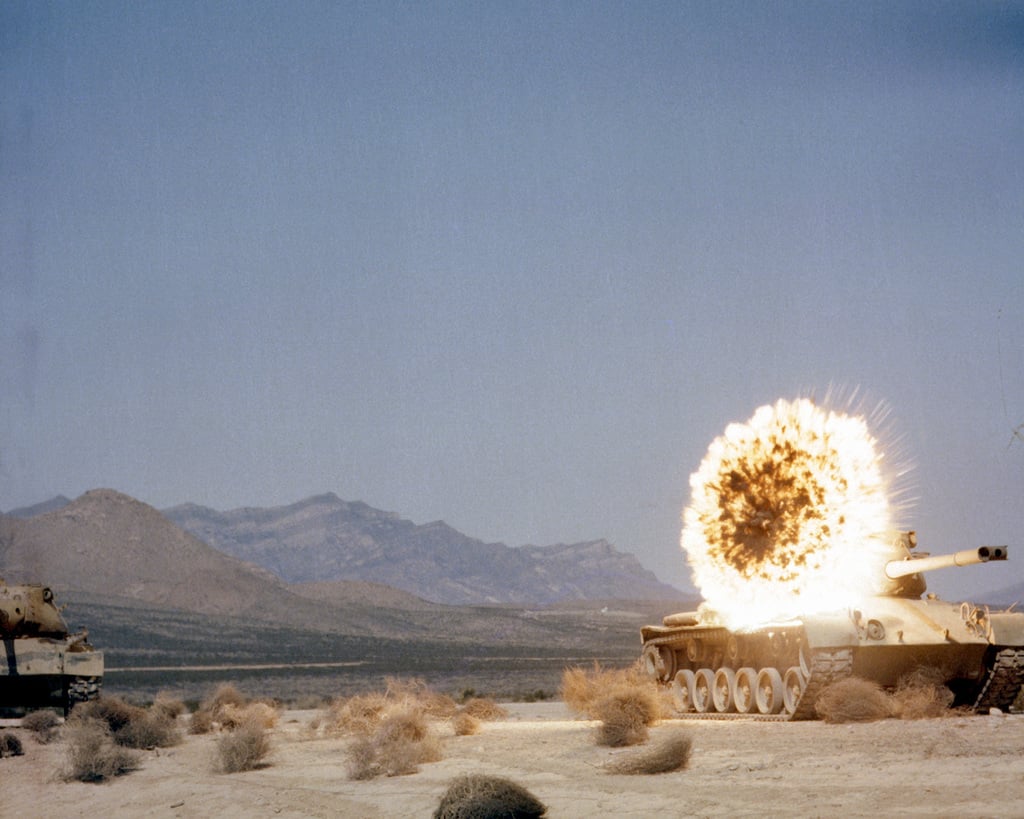
Finland is preparing a live-fire trial to evaluate the effectiveness of laser-guided artillery rounds and determine their compatibility with the nation’s existing weapon systems — a step that could offer the Nordic country a strategic edge in long-range firepower.
The Finnish Defence Forces’ (FDF) Logistics Command has begun an initial market survey to identify available 155mm projectiles featuring semi-active laser terminal homing technology.
These advanced munitions work in coordination with a laser designator — either positioned on the ground or mounted on another platform such as a drone — that marks a target with a laser beam. The shell’s onboard guidance system detects the reflected signal and adjusts its path to strike the illuminated target.
According to the official notice, “The FDF has begun planning for the future use of specialized munitions, including 155mm shells with semi-active laser terminal homing. This planning remains in its early phase, and no definitive timeline has been set for any potential procurement process.” A live-fire demonstration is expected in the fourth quarter of 2026.
Unlike conventional unguided artillery rounds, these guided systems can alter their trajectory in the final moments before impact, providing significantly greater accuracy — a capability particularly valuable for engaging distant targets.
Manufacturers such as Leonardo and Diehl Defence produce the Volcano 155 family, which includes laser-guided variants, while Turkish firm Roketsan recently unveiled its LG-155 at the IDEF defence exhibition in Istanbul (July 22–27). Roketsan claims the LG-155 can operate effectively even in areas where GPS signals are disrupted.
In recent years, both Russian and Ukrainian forces have deployed laser-guided artillery shells. Ukraine has also developed the Tryzub laser weapon system, said to be capable of detecting drones and other aerial threats.
However, a key drawback to laser-guided artillery is its susceptibility to jamming. Disruptive countermeasures can interfere with the guidance beam, potentially causing the round to miss its target.




